How ‘Awareness Speed Swings’ Are The Key To Better Clubface Control In 2024
Clubface control is key if you want to hit more fairways - this awareness speed swing drill will really help!
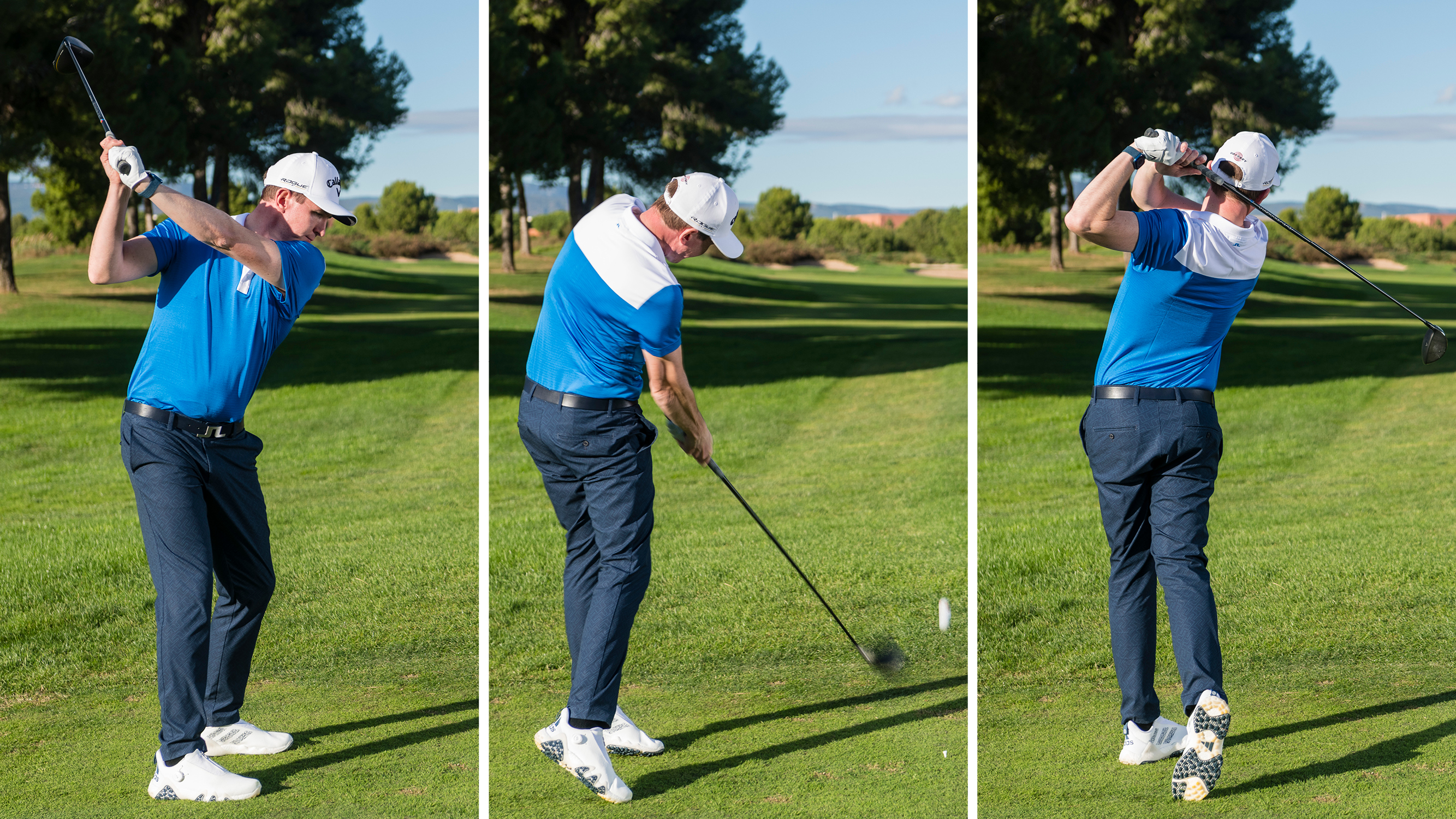
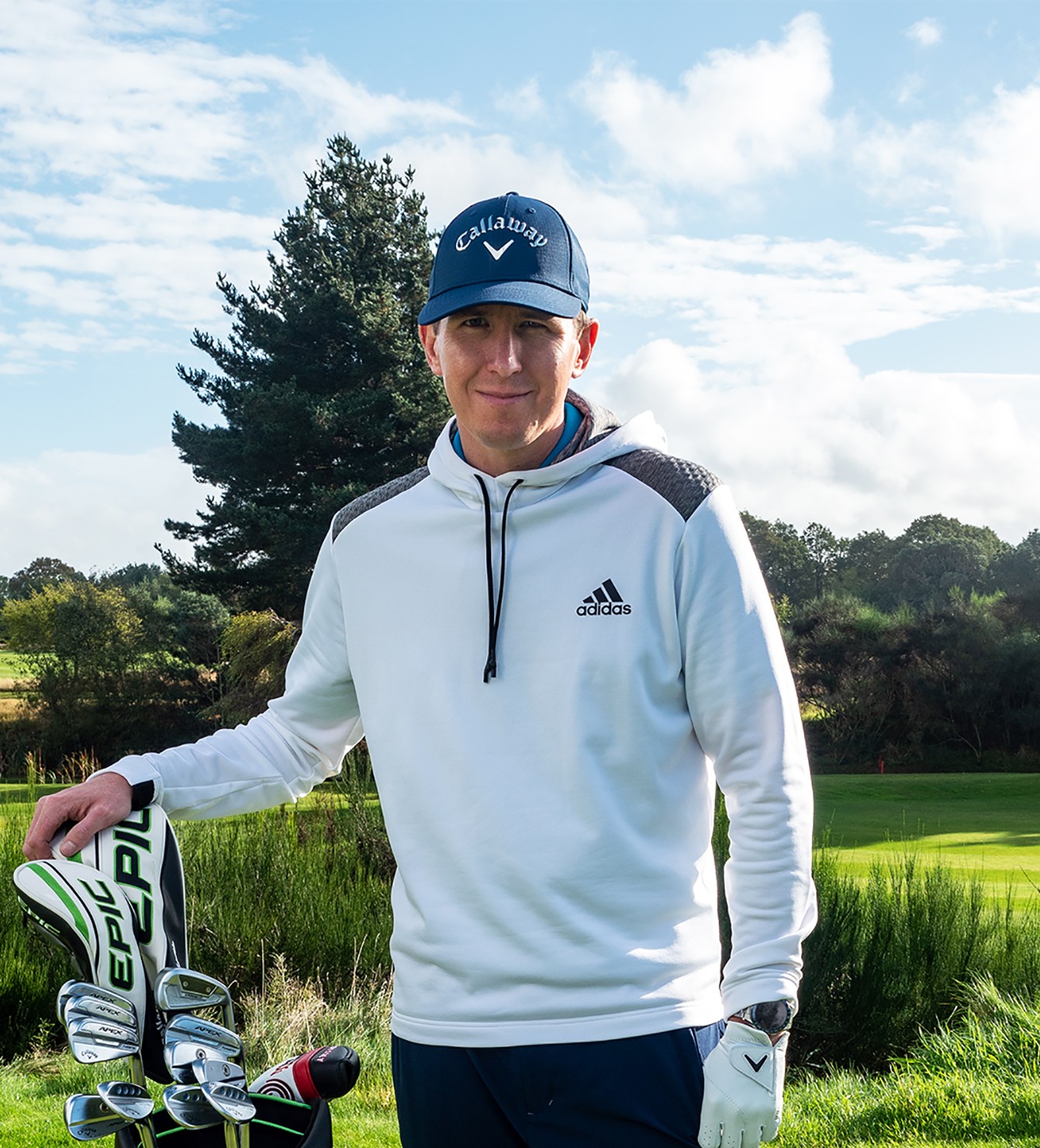
Getting the ball in play off the tee is vital. However, finding the fairway, especially when you are swinging your driver upwards of 80 mph is easier said than done. This is where clubface control comes into play and in this video and article, Top 50 Coach and PGA Professional Ben Emerson offers an ‘awareness speed swing’ drill that could make all the difference.
Clubface Control: Awareness Speed Swings
Clubface is king. It’s a sentiment you’ll hear a lot from coaches and that’s because the direction of the face at impact has the biggest bearing on where the ball ends up. Of course, your swing path plays a part, as do some of your fundamentals like your ball position, but if the face is pointing right, the ball will start right.
The problem many golfers face is that, at normal pace, it is really hard to work out what the club is doing and why the ball is going in the wrong direction. So to help, I want you to try some ‘awareness speed swings’. These are slower than usual golf swings that give you a much better sense for what the clubface is doing.
Start by aiming the clubface straight at the target (this is important) but intentionally hitting the ball right with a swing that’s around 25% of its normal speed. At this speed, you will get a very good sense for what it feels like to leave the clubface open.
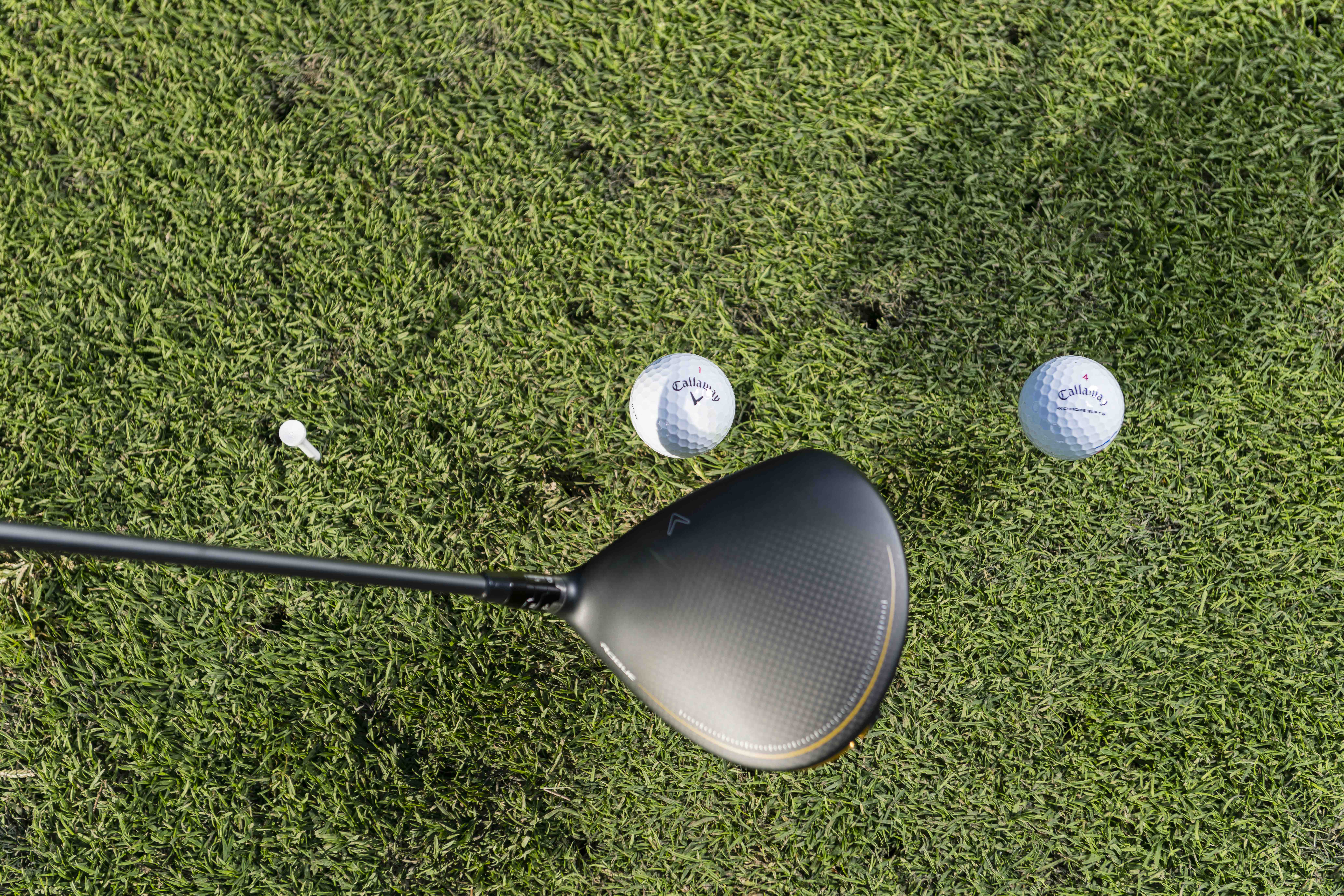
Using Awareness Speed Swings will help you gain a feel for your clubface control through impact
Now do the opposite. At 25% speed, aim straight and hit a hook. Feel the clubface closing through impact and you should get a sense for how different this movement is to the slice.
With a third ball, try to hit a straight shot at 25% speed. For those golfers who struggle to find fairways but also can’t work out where the problem is stemming from this drill can be really valuable.
Hit some more shots, keeping the bad swings at 25% but ramping up the good one each time. As you add speed, try to maintain that awareness for what the clubface is doing through impact.
Get the Golf Monthly Newsletter
Subscribe to the Golf Monthly newsletter to stay up to date with all the latest tour news, equipment news, reviews, head-to-heads and buyer’s guides from our team of experienced experts.
If you can devote some time to this clubface control drill at the range, your awareness will improve and you should start to get a sense for what needs to change to help you hit more fairways. Good luck!

Location: Sand Martins GC
Ben’s modern approach to golf coaching has seen him become one of the most sought-after coaches in the country and teaches none other than Robbie Williams. His honest, modern and fun style of coaching has help thousands of golfers of all ages and abilities and he has been coaching for over 20 years.
Advice for practice:
Start with slow, small swings. If you can’t do it small and slowly there is not a hope in hell of doing it at full speed with a full swing! In other sports such as rugby or martial arts they slow learn new moves/plays before making them at full speed.
Teaching philosophy:
‘Why guess when you can access’ Ever new student goes through a full TPI movement screen, 3D motion capture and pressure plate analysis as well as TrackMan and 2D video analysis. Coaching is based on facts and not guess work.
Most common problem:
A lack of clubface understanding and awareness. I get golfers to aim the clubface directly at the target and get them to make a slow swings and deliver the club to the ball with an open face, then repeat the same thing again but with a closed face, followed by one at the target. Giving them full awareness based on feelings errors to find a happy middle ground.
-
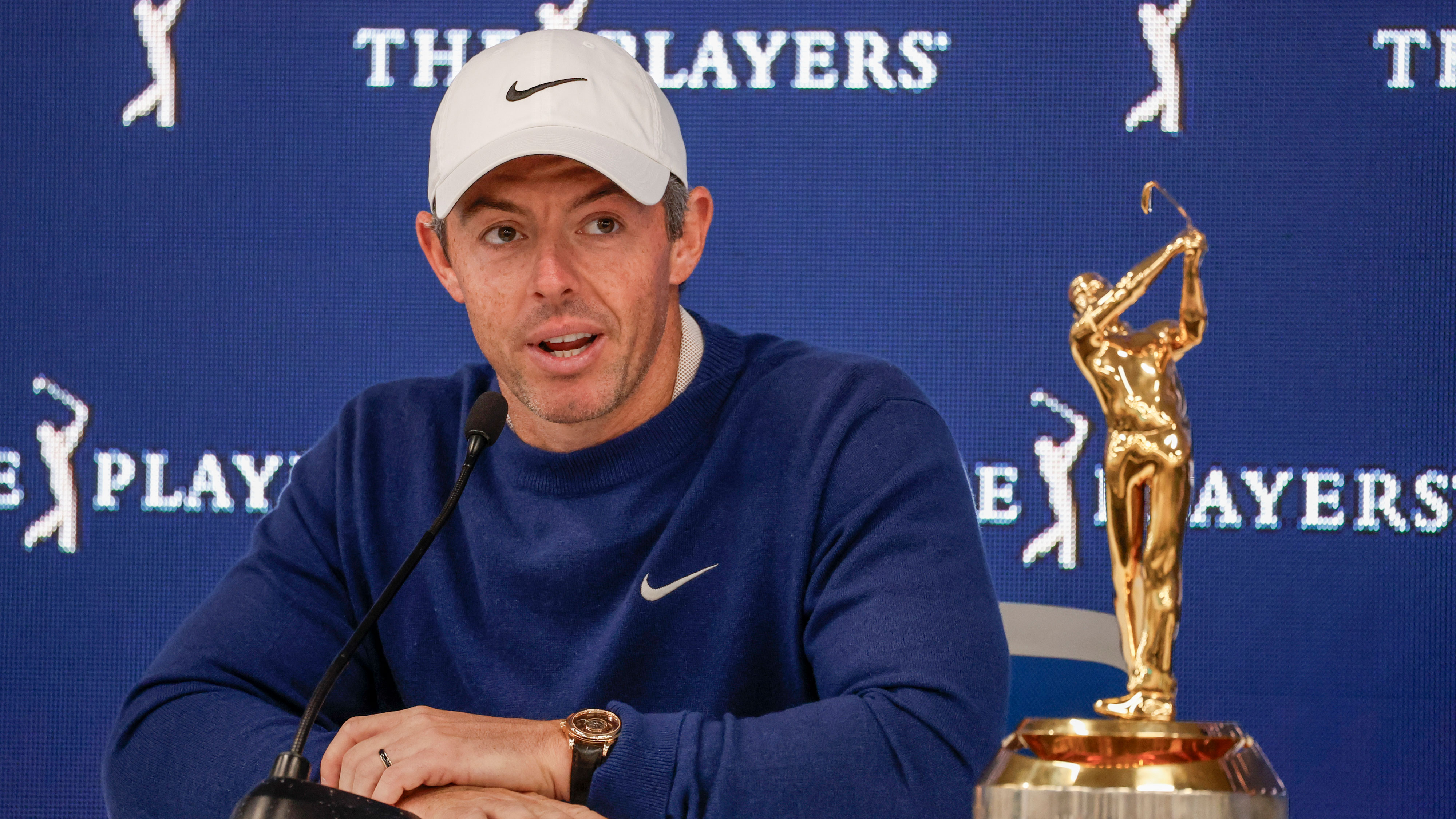 Should It Be Mandatory For Pro Golfers To Speak To The Media After A Round?
Should It Be Mandatory For Pro Golfers To Speak To The Media After A Round?There seems to be a growing debate in the men's game as to whether pros should have to speak to the media after they've finished - our writers discuss...
By Michael Weston Published
-
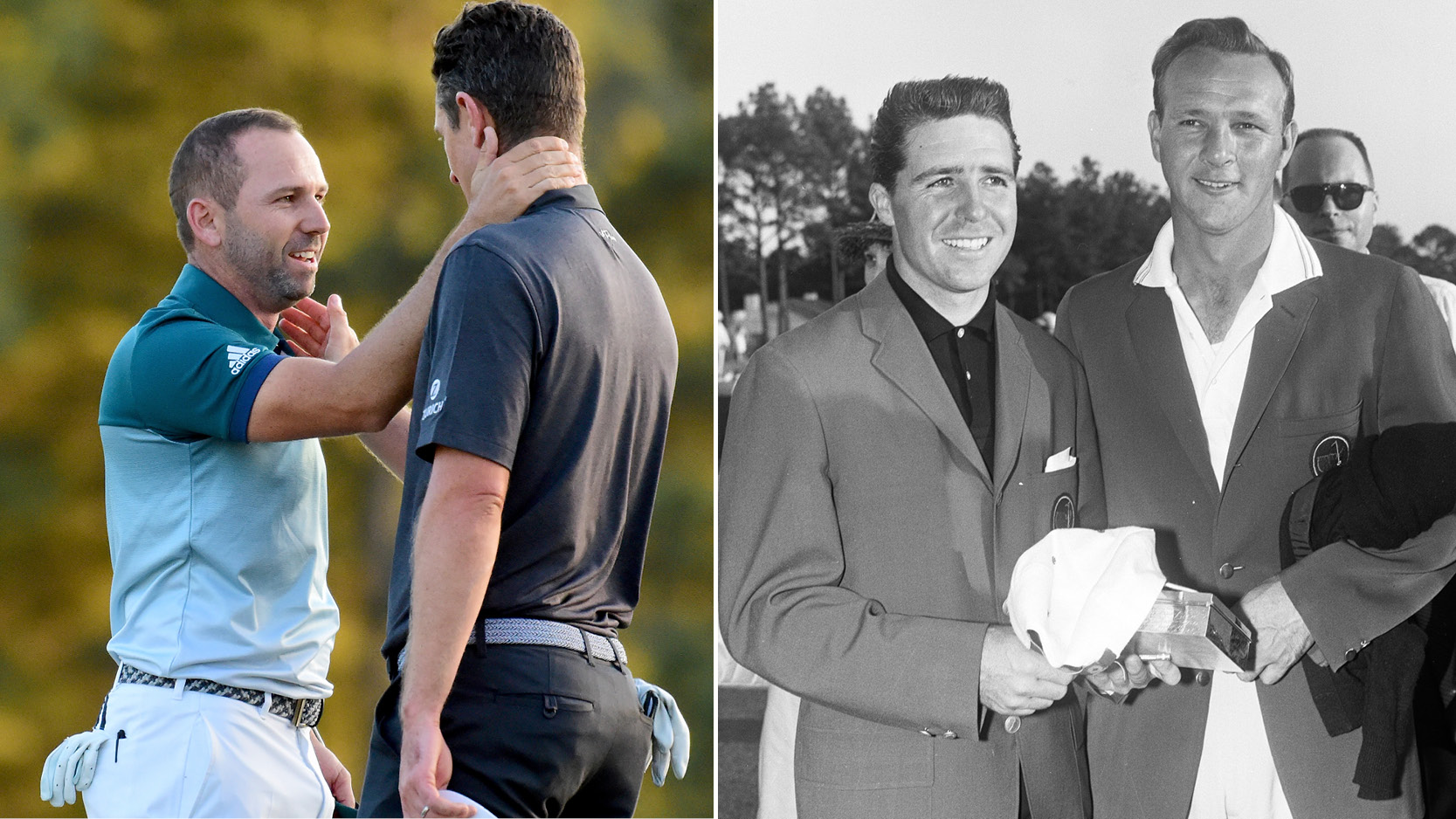 How Many Playoffs Have There Been At The Masters?
How Many Playoffs Have There Been At The Masters?There have been plenty of thrilling conclusions at The Masters and, throughout its 89 editions, we have seen a total of 17 playoffs
By Matt Cradock Published